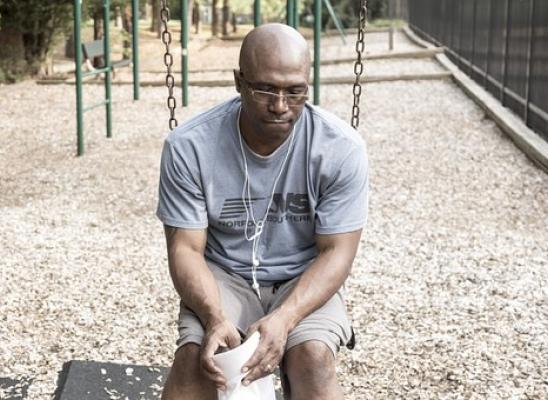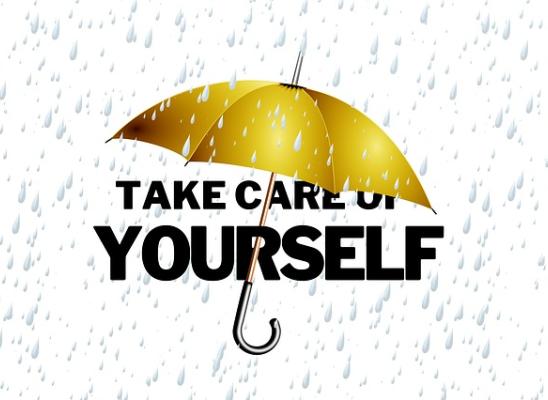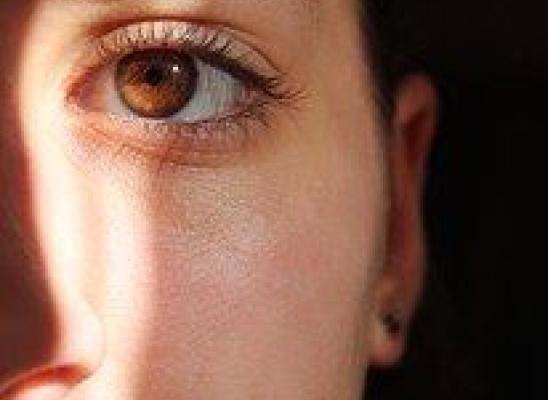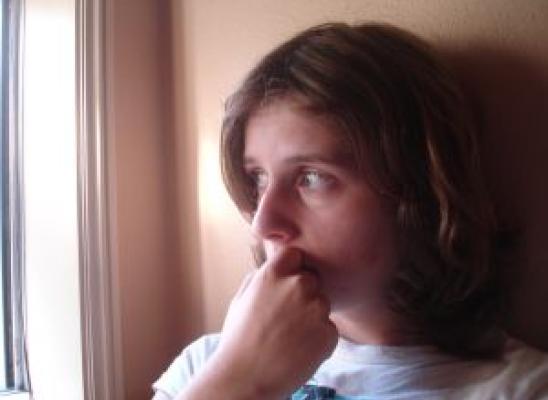Rapunzel syndrome
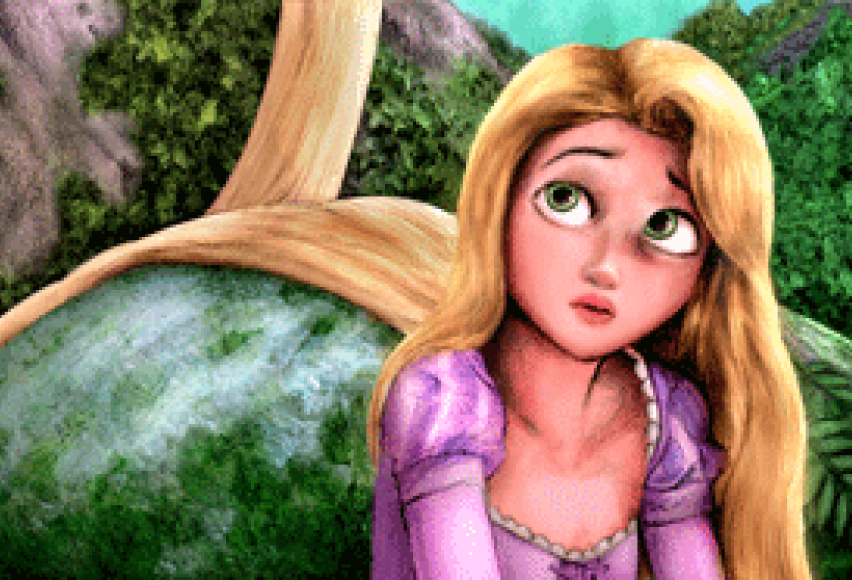
Online test
Find out the severity of your symptoms with this free online test
Rapunzel syndrome is a rare medical condition resulting from trichophagia, the disorder in which one eats their own hair. Rapunzel syndrome and trichophagia are sometimes associated with the hair pulling disorder trichotillomania. Rapunzel syndrome is a rare presentation of a trichobezoar (human hair ball) in which patients commonly present with abdominal pain, nausea, vomiting and signs of obstruction. The end of the bezoar may be in the jejunum, ileum or the colon, and resembled a long tail. Approximately 37.5% of individuals with trichophagia are at risk of forming a trichobezoar
Origin of the Term
The syndrome is named after the fairy tale of a long-haired girl Rapunzel who lets down her long rope of hair to enable her prince to rescue her. The reason the reference to Rapunzel is used is because the trichobezoar resembles a long tail, or rope of hair, much like Rapunzel’s hair.
Characteristics of the Syndrome
Characteristics of the syndrome include the body of a trichobezoar (hairball) located in the stomach, and its tail in the small bowel and/or in the right colon, small or large bowel obstruction, this disorder occurs most frequently in psychiatric patients, and has a high co-morbidity of trichotillomania.
Treatment of Rapunzel Syndrome
Treatment of Rapunzel Syndrome requires immediate invasive surgery to remove the hairball, or trichobezoar. Psychotherapy and possibly anti-depressant treatment is also used to address the root cause of the hair eating. Individuals with trichophagia will rarely develop Rapunzel syndrome, and can usually be treated with less invasive measures such as medication to induce vomiting to get rid of the hairball. When a individual with trichophagia does not seek treatment, they increase their risk of a larger hairball, and development of Rapunzel Syndrome. Individuals with trichotillomania do sometimes go on to develop trichophagia, but only in 5 to 18% of patients with trichotillomania ingest hair. The incidence of trichobezoars in trichotillomania is unclear.
Online test
Find out the severity of your symptoms with this free online test
Start your journey with TrichStop
Take control of your life and find freedom from hair pulling through professional therapy and evidence-based behavioral techniques.
Start Now
